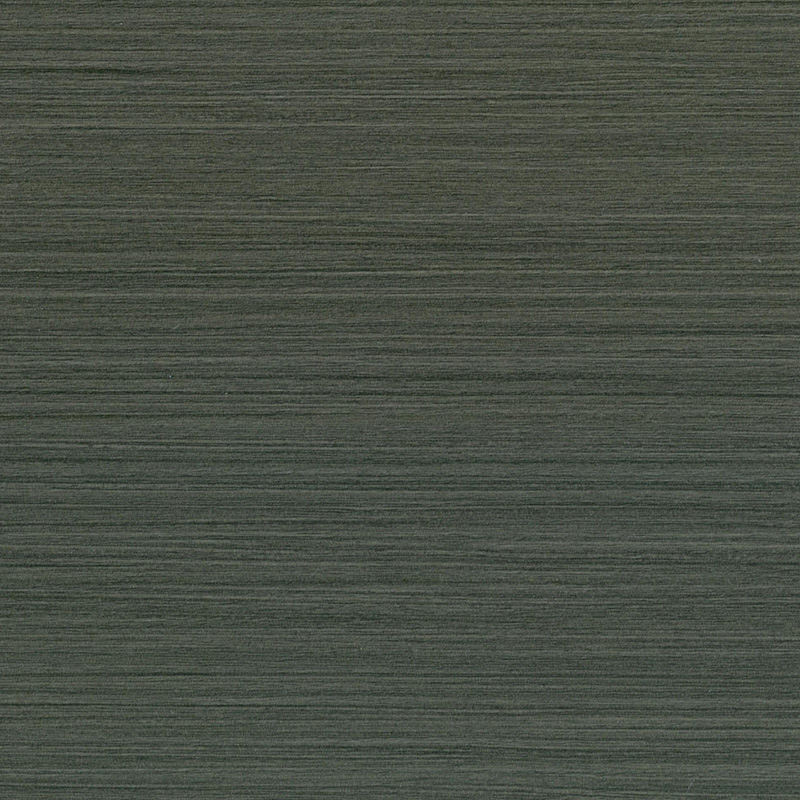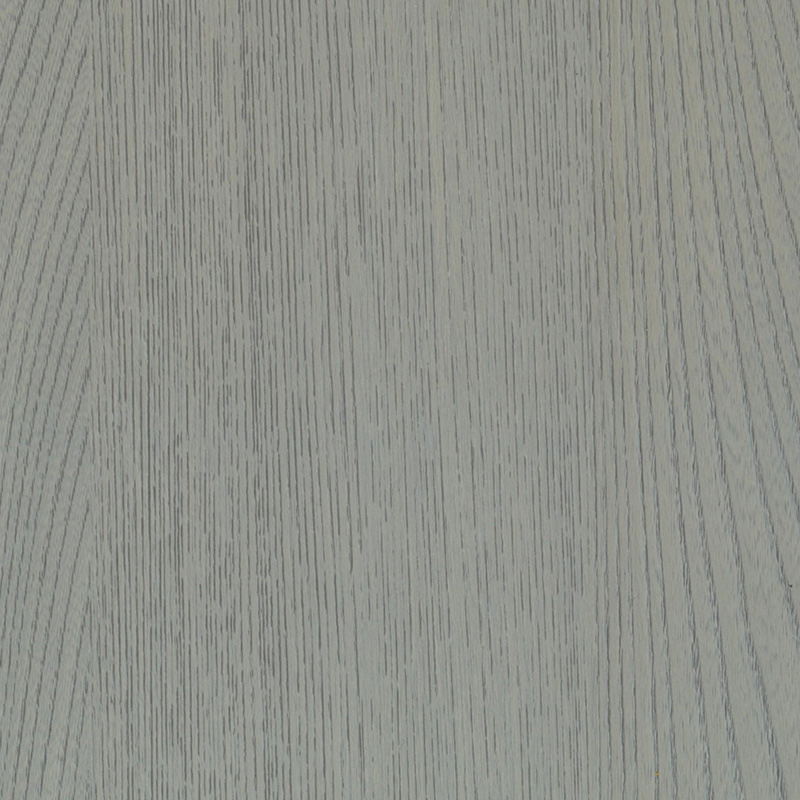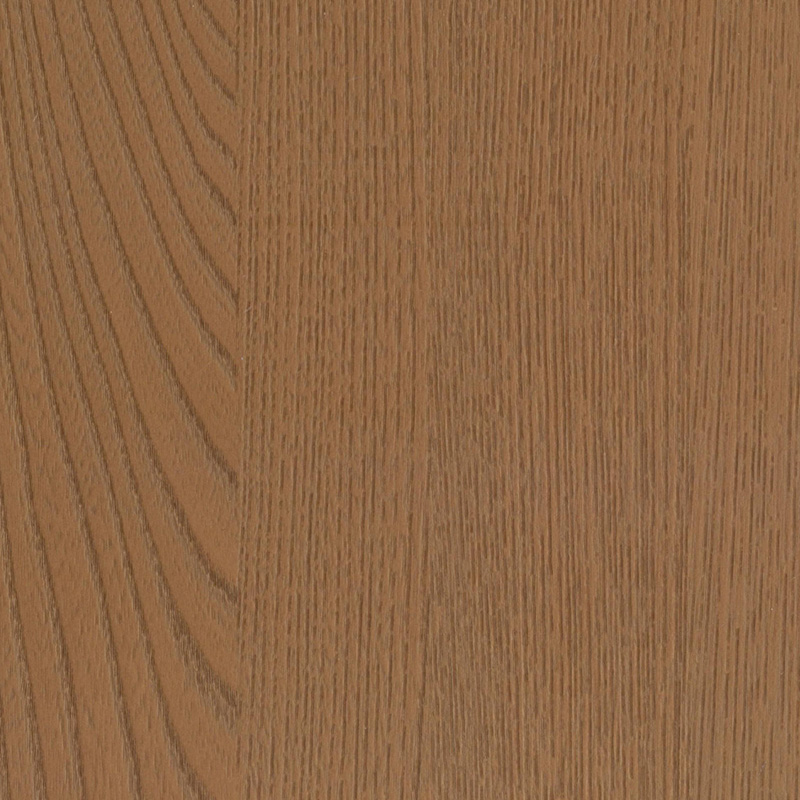Features and Uses of Liquid Applied Subfloor Membranes
A liquid floor subfloor waterproofing membrane is a protective layer applied to subfloor surfaces to prevent the intrusion of moisture and water. This type of membrane is commonly used in both residential and commercial construction projects where protection against water damage is necessary. The liquid application process offers versatility, ease of use, and adaptability to complex surfaces, making it a practical choice for many flooring systems.
Liquid waterproofing membranes are typically composed of polymer-modified asphalt, polyurethane, or acrylic-based compounds. These materials are formulated to create a continuous, seamless coating once applied to the subfloor. After curing, the layer forms a flexible and durable membrane that adheres tightly to the surface, filling small gaps and cracks that could allow water penetration.
One notable feature of liquid membranes is their ability to conform to irregular shapes and textured substrates. This characteristic makes them suitable for use in areas where sheet or roll membranes might be difficult to install. Additionally, liquid membranes can be applied at varying thicknesses depending on project requirements, offering tailored protection based on anticipated moisture levels.
The application of a liquid subfloor waterproofing membrane generally involves surface preparation, priming (if needed), and application using tools such as rollers, brushes, or sprayers. The subfloor must be clean, dry, and free of dust or oil before application. A primer may be used to enhance adhesion between the membrane and the substrate.
Once the surface is prepared, the liquid membrane is applied in one or more coats. Adequate drying time is required between coats, and the full curing process may take several hours to several days, depending on the material used and environmental conditions. After curing, the membrane forms a flexible barrier capable of accommodating slight substrate movements without cracking or delaminating.
The use of a liquid waterproofing membrane on subfloors offers several practical benefits:
Because the membrane is applied as a liquid, it dries into a continuous surface without seams or joints, reducing the risk of water seeping through gaps.
It can be used on a variety of substrates, including concrete, wood, and cement boards. This flexibility allows it to serve different construction needs in bathrooms, kitchens, basements, and balconies.
Liquid membranes are often compatible with a wide range of flooring materials such as tiles, hardwood, and vinyl. Once cured, they provide a reliable base for subsequent installations.
If the membrane becomes damaged, repair typically involves cleaning the area and reapplying the liquid, eliminating the need to remove large sections of material.
While liquid subfloor membranes provide effective moisture control, certain limitations must be considered. Environmental factors such as humidity and temperature can affect curing times and adhesion quality. It is important to follow manufacturer guidelines for application conditions.
Additionally, the subfloor must be stable and free of movement before application. Excessive structural shifts can compromise the integrity of the membrane. Proper installation techniques are essential to ensure long-term performance.
Liquid floor subfloor waterproofing membranes are frequently used in:
Wet areas like showers, bathrooms, and laundry rooms
Below-grade spaces, including basements and foundations
Outdoor surfaces, such as terraces and balconies
Commercial kitchens and utility spaces where water exposure is common
Liquid floor subfloor waterproofing membranes offer a reliable and adaptable solution for protecting floors from moisture-related damage. Their seamless application, compatibility with diverse surfaces, and ease of maintenance make them a suitable option for a wide range of construction and renovation projects.

 English
English русский
русский Español
Español عربى
عربى Deutsch
Deutsch





